This wetland fight could go to the Supreme Court
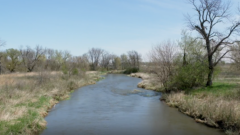
A pending court case could impact farmers across the country. At issue is a USDA rule aimed at protecting wetlands called “Swampbuster.” In place since 1985, it’s being challenged in court by an absentee landowner in Iowa.
Under Swampbuster, farmers have to agree not to drain or fill their wetlands, in order to receive farm benefits such as crop insurance, disaster relief and USDA loans.
Great Lakes Now
https://www.greatlakesnow.org/2025/07/this-wetland-fight-could-go-to-the-supreme-court/

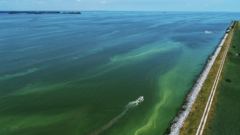
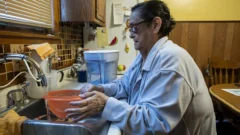
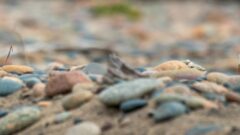

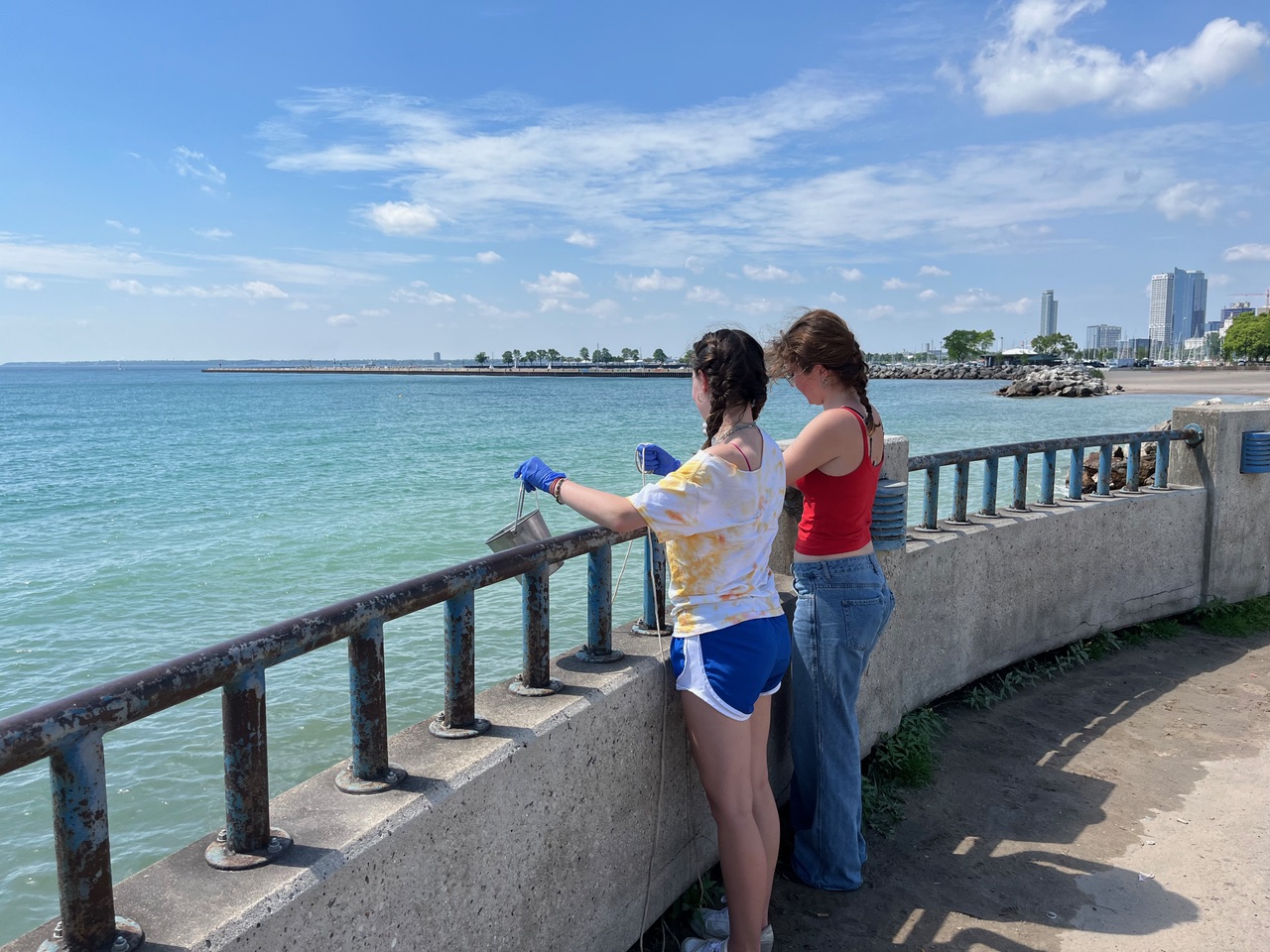
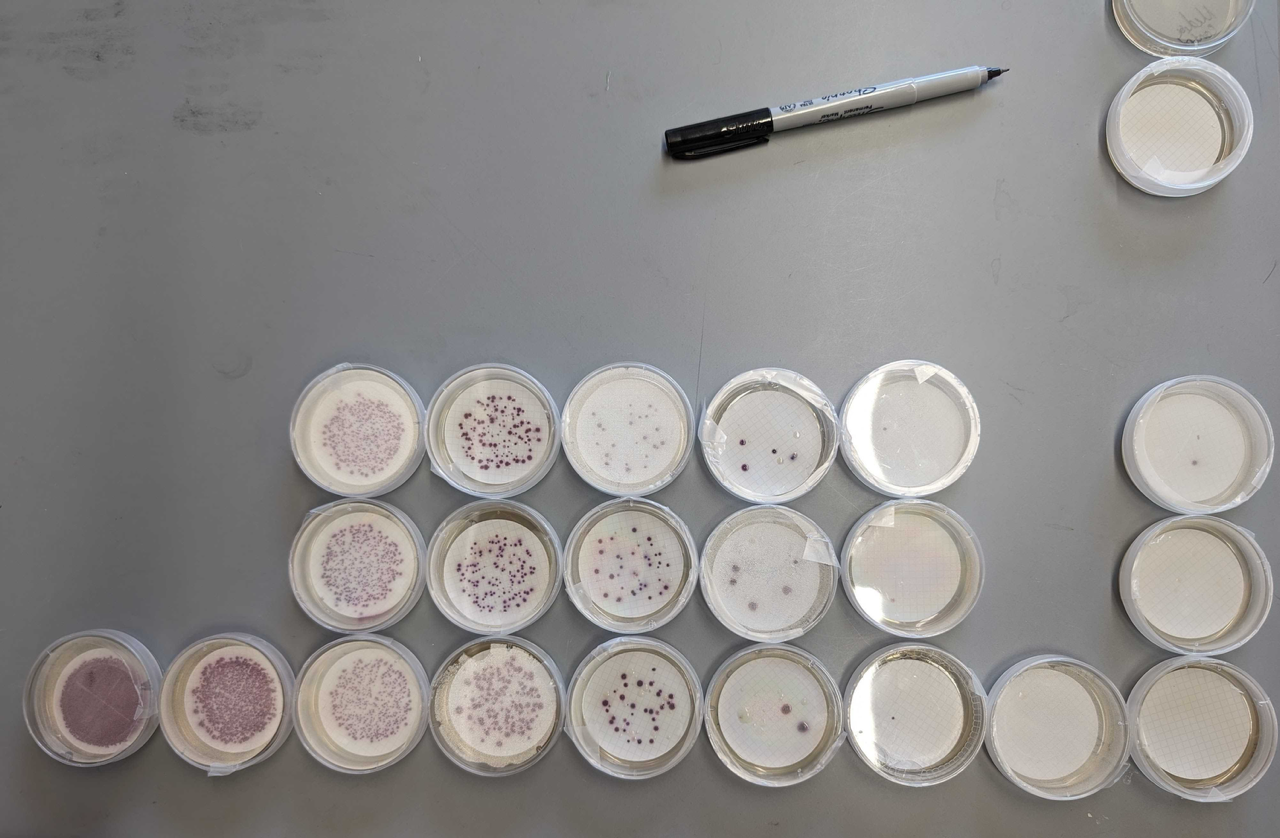

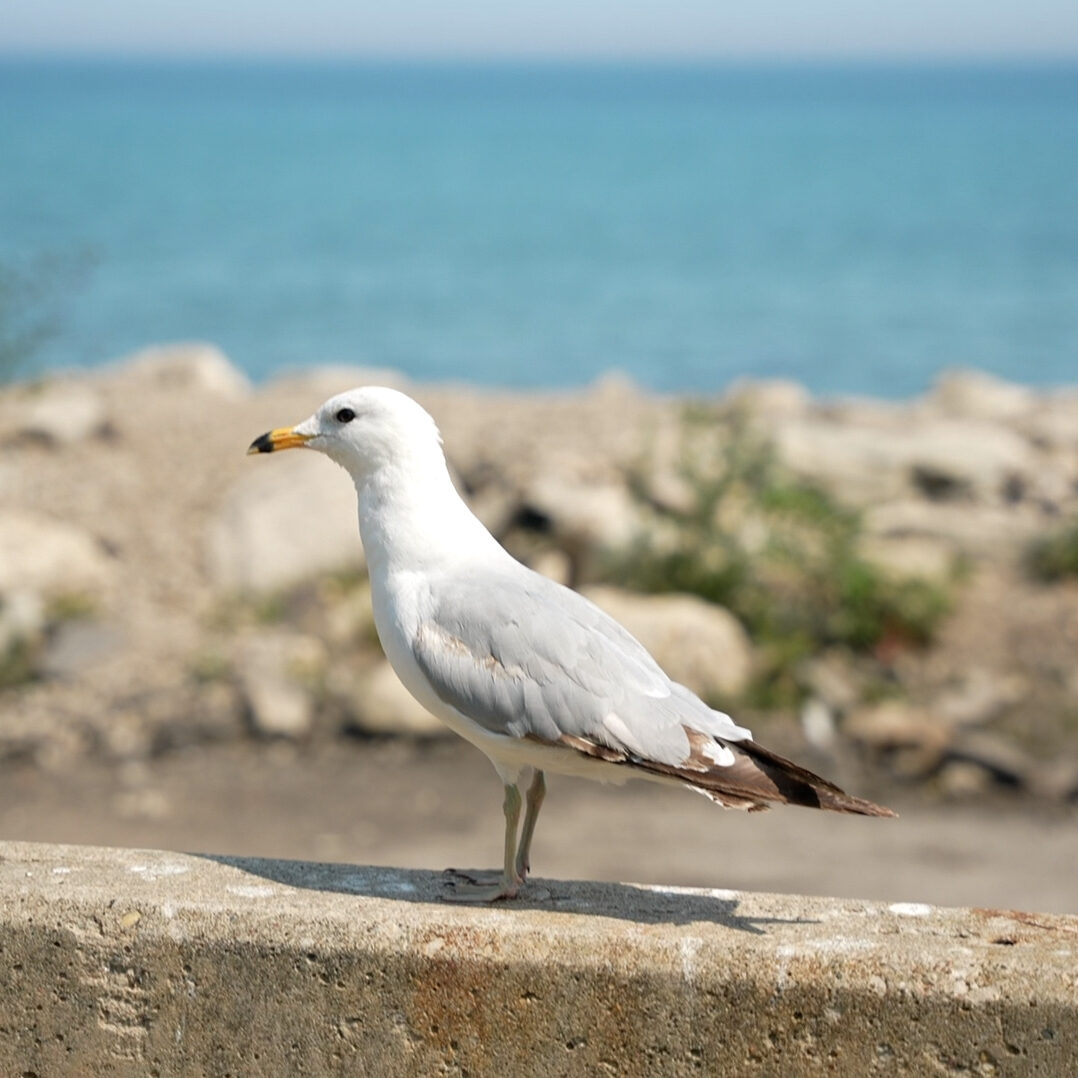
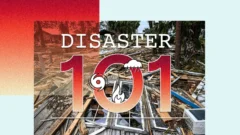
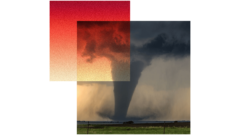

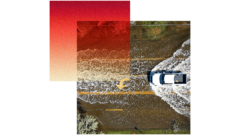
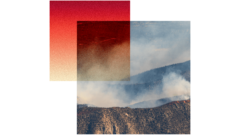

 The flowing of water, we call it a river. It is ceaseless. It is also nearly boundless. The last time I was at this very point on the Pine River was two months ago, in January. On the surface, liquid water had changed to solid ice. A blanket of snow covered the ice. Tracks wandered over the surface of the river, as if it were no longer river but land, a treeless path of land through the forest. Under the ice, muffled sounds of moving water could still be heard. The river was still flowing under the treeless path through the forest. In winter we do not see it flowing under the solid ice but we know it does. In summer we see the flow of water in the river, but whether we see it or not, it flows nearly everywhere. It flows through the ground, surfacing as springs, ponds, marshes, and swamps. It flows through animals that drink. The water of the river becomes animal and it moves across the land as animal. It flows up through herb, and shrub, and tree to leaf. The water of the river becomes plant and every green thing, every plant, every fungus, and every lichen, become alive because of the nearly boundless flow of water. All this is the flow of a river. In the flow of water is the magic of rivers. It is ceaseless and boundless. This the source of our fascination with rivers. It is what is special about rivers – that they are able to expand our perception of beauty, of awe, and of connection to animal and plant, to land, to everything above, below, and beyond, and to time, the present, past, and future – this is the fullest meaning of natural and of Wild!
The flowing of water, we call it a river. It is ceaseless. It is also nearly boundless. The last time I was at this very point on the Pine River was two months ago, in January. On the surface, liquid water had changed to solid ice. A blanket of snow covered the ice. Tracks wandered over the surface of the river, as if it were no longer river but land, a treeless path of land through the forest. Under the ice, muffled sounds of moving water could still be heard. The river was still flowing under the treeless path through the forest. In winter we do not see it flowing under the solid ice but we know it does. In summer we see the flow of water in the river, but whether we see it or not, it flows nearly everywhere. It flows through the ground, surfacing as springs, ponds, marshes, and swamps. It flows through animals that drink. The water of the river becomes animal and it moves across the land as animal. It flows up through herb, and shrub, and tree to leaf. The water of the river becomes plant and every green thing, every plant, every fungus, and every lichen, become alive because of the nearly boundless flow of water. All this is the flow of a river. In the flow of water is the magic of rivers. It is ceaseless and boundless. This the source of our fascination with rivers. It is what is special about rivers – that they are able to expand our perception of beauty, of awe, and of connection to animal and plant, to land, to everything above, below, and beyond, and to time, the present, past, and future – this is the fullest meaning of natural and of Wild! This message is made possible by generous donors who believe people have the power to protect and restore water.
This message is made possible by generous donors who believe people have the power to protect and restore water. 